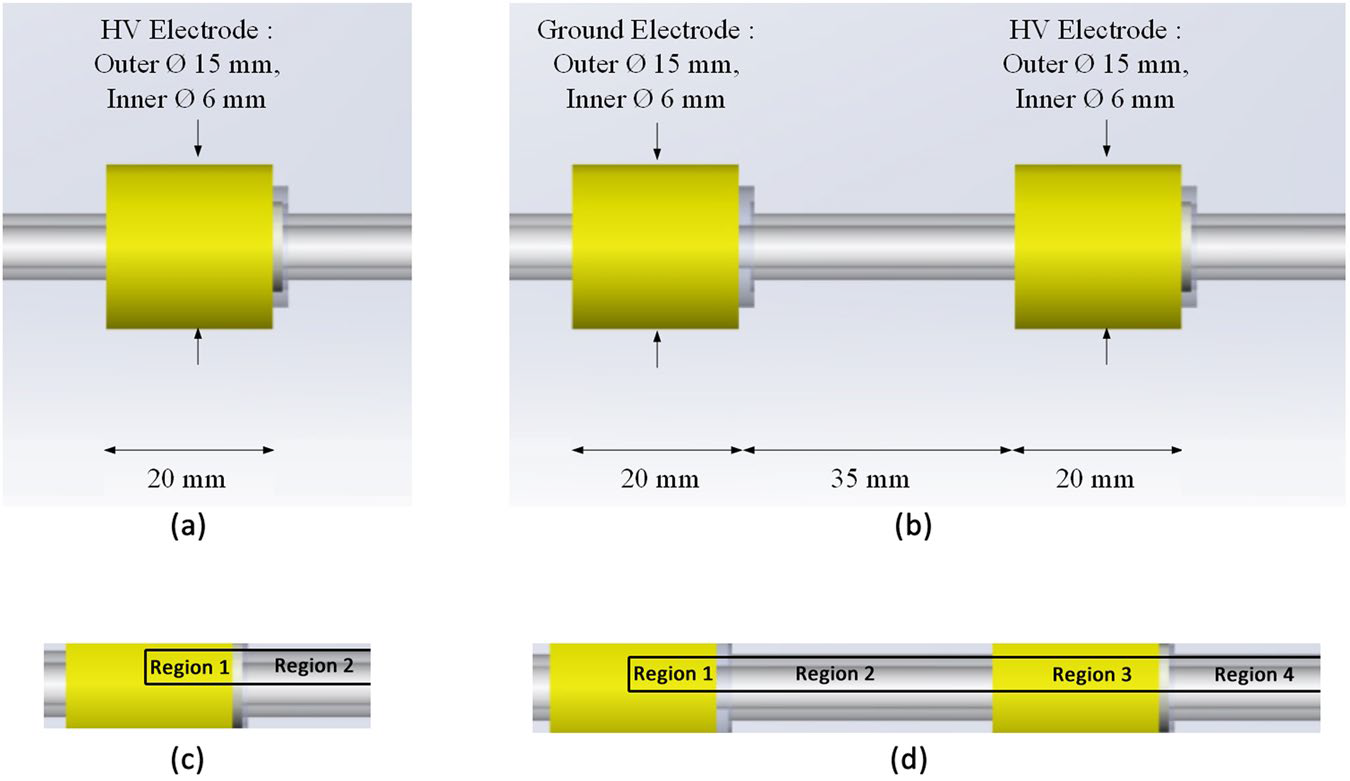
Η συνεργασία του Εργαστηρίου Εφαρμοσμένων Μαθηματικών (Αναπληρωτής Καθηγητής Παναγιώτης Βαφέας) με τα τμήματα Ηλεκτρολόγων Μηχανικών & Τεχνολογίας και Μηχανολόγων Μηχανικών & Αεροναυπηγών οδήγησε σε άρθρο που δημοσιεύτηκε από το επιστημονικό περιοδικό Nature.
Modelling the electric field in reactors yielding cold atmospheric– pressure plasma jets
The behavior of the electric field in Cold Atmospheric–Pressure Plasma jets (CAPP jets) is important in many applications related to fundamental science and engineering, since it provides crucial information related to the characteristics of plasma. To this end, this study is focused on the analytic computation of the electric field in a standard plasma reactor system (in the absence of any space charge), considering the two principal configurations of either one–electrode or two–electrodes around a dielectric tube. The latter is considered of minor contribution to the field calculation that embodies the working gas, being an assumption for the current research. Our analytical technique employs the cylindrical geometry, properly adjusted to the plasma jet system, whereas handy subdomains separate the area of electric activity. Henceforth, we adapt the classical Maxwell’s potential theory for the calculation of the electric field, wherein standard Laplace’s equations are solved, supplemented by the appropriate boundary conditions and the limiting conduct at the exit of the nozzle. The theoretical approach matches the expected physics and captures the corresponding essential features in a fully three–dimensional fashion via the derivation of closed–form expressions for the related electrostatic fields as infinite series expansions of cylindrical harmonic eigenfunctions. The feasibility of our method for both cases of the described experimental setup is eventually demonstrated by efficiently incorporating the necessary numerical implementation of the obtained formulae. The analytical model is benchmarked against reported numerical results, whereas discrepancies are commented and prospective work is discussed.